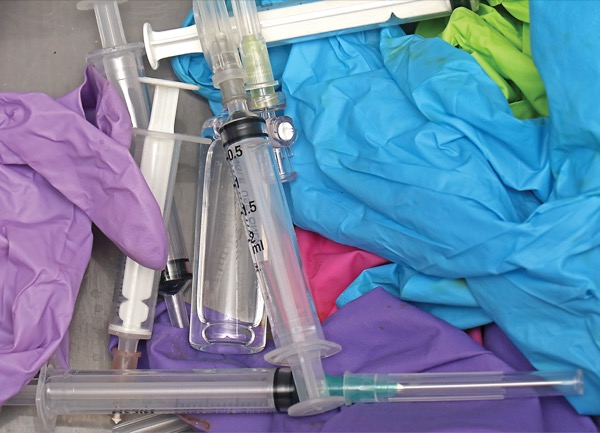
The fundamental principle in billing for wasted drugs is that the medication in specific types of manufacturer single-dose packaging actually is wasted. Of course, there are many other provisions that must be in place for this tricky revenue cycle transaction.
First, know that this is not simply an easy revenue stream that can be automated as a workaround. Medicare does not mandate billing for waste, but makes it possible to recoup some lost dollars if you choose to bill for them appropriately. Since Jan. 1, 2017, the JW and JZ modifiers have been required on all claims for drugs and biologicals that are separately payable under Medicare Part B and that include unused and discarded amounts from single-dose containers or single-use packages. Providers must document the amount of discarded drugs in the beneficiary’s medical record.
Sounds simple? Apparently not. CMS continues to see confusion on these rules in the field, and has responded by sending providers reminder messaging about the data requirements for appropriate single-dose and single-use product waste billing. This need for more education is not surprising: I recently was a co-presenter on this topic at the ASHP Midyear 2024 Clinical Meeting & Exhibition, in New Orleans, and when we live-polled attendees about their waste billing practices, 70% said they auto-billed for waste. That’s a problem because these automated systems aren’t always able to confirm that the waste had in fact occurred.
Spoiler Alert: CMS is not going to continue paying for the wasted drug! Both the 2025 OPPS/ASC and PFS rule sets require manufacturer refunds to CMS for certain discarded amounts from a refundable single-dose container or single-use package drug. As a result, one can only imagine that those manufacturers will be adding a higher level of scrutiny to your claims for wasted medications. So now is the time to ensure the accuracy of those claims.
As with most areas of reimbursement, proper coding is the key. Modifier JW identifies discarded billing units of a billing and payment code to calculate the refund amount. Modifier JZ is required when there was no discarded amount from the single-dose vial or package paid under Part B. If there had been a discarded amount, it requires the use of modifier JW.
For more information, review the discarded drugs, discarded drug refund, and JW and JZ modifier policy at bit.ly/4a9S2wU.
As for how this change happened, it’s due to the infrastructure bill act (H.R.3684 - Infrastructure Investment and Jobs Act; bit.ly/3DIKwNm) that passed on Nov. 15, 2021, which includes a drug waste provision from the Recovering Excessive Funds for Unused and Needless Drugs (REFUND) Act (bit.ly/4aiuYw3). The provision requires manufacturers to rebate the amount wasted back to CMS effective Jan. 1, 2023 (see Section 90004). This concept was first introduced in 2019 by Sens. Dick Durbin (D-Ill.) and Rob Portman (R-Ohio) in a bipartisan bill designed to reduce egregious wasted spending on discarded medications that are the result of excessively large, single-use drug vials.
The bill requires drug companies/manufacturers to reimburse Medicare for certain wasted medications. Wasted medications include leftover portions of drugs packaged in single-use containers. There are some exclusions and provisions for calculations of value. The drug manufacturer will provide a rebate to HHS for the total amount of discarded medication recorded, above a 10% low-volume threshold. Noncompliance to provide a timely rebate could incur civil monetary penalties under this act. Audits are defined and could be of the manufacturer’s compliance, the accuracy of the aggregated amount calculated, comparisons of billed doses and billed wastage with the number of units sold, or any untold number of other methods of determining data accuracy and ruling out fraud.
When billing for drug waste, here are a few added important requirements to heed:
- The drug is being used for a Medicare outpatient and is in a single-dose vial/package with an HCPCS code and a SI G or SI K designation.
- The dose of the drug is less than the number of billing units in the single-dose package and the excess actually is wasted.
- The drug is not pooled or used for another patient or saved/used in any other manner.
This article is from the February 2025 print issue.




